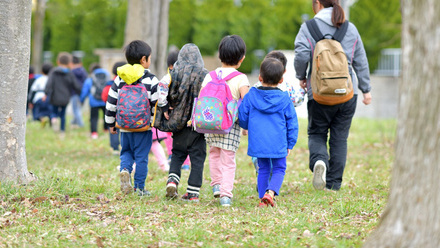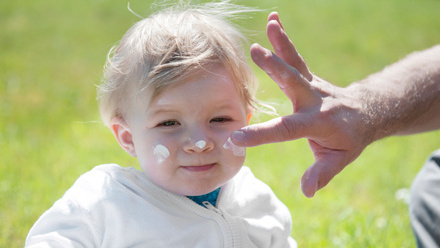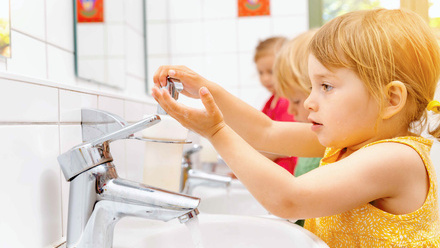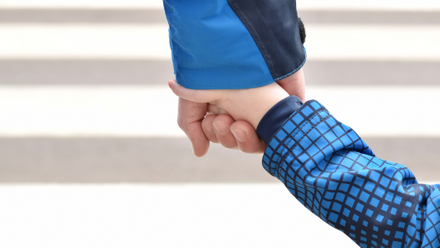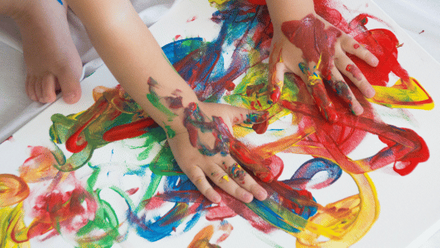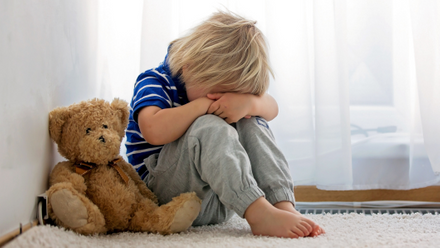What is neglect and what does it look like with young children?
All children deserve to grow up in a happy and healthy home, free from fear and discomfort. For most people, their childhood is a time to look back on with a fond smile but, for some, it is not the case.
Young children in their early years are reliant on caregivers for their every need, so they are often the most vulnerable group of children to the impact of neglect. It can be difficult to identify a neglectful environment as the signs are often passive, rather than active, meaning it is often about what is not happening to keep children safe.
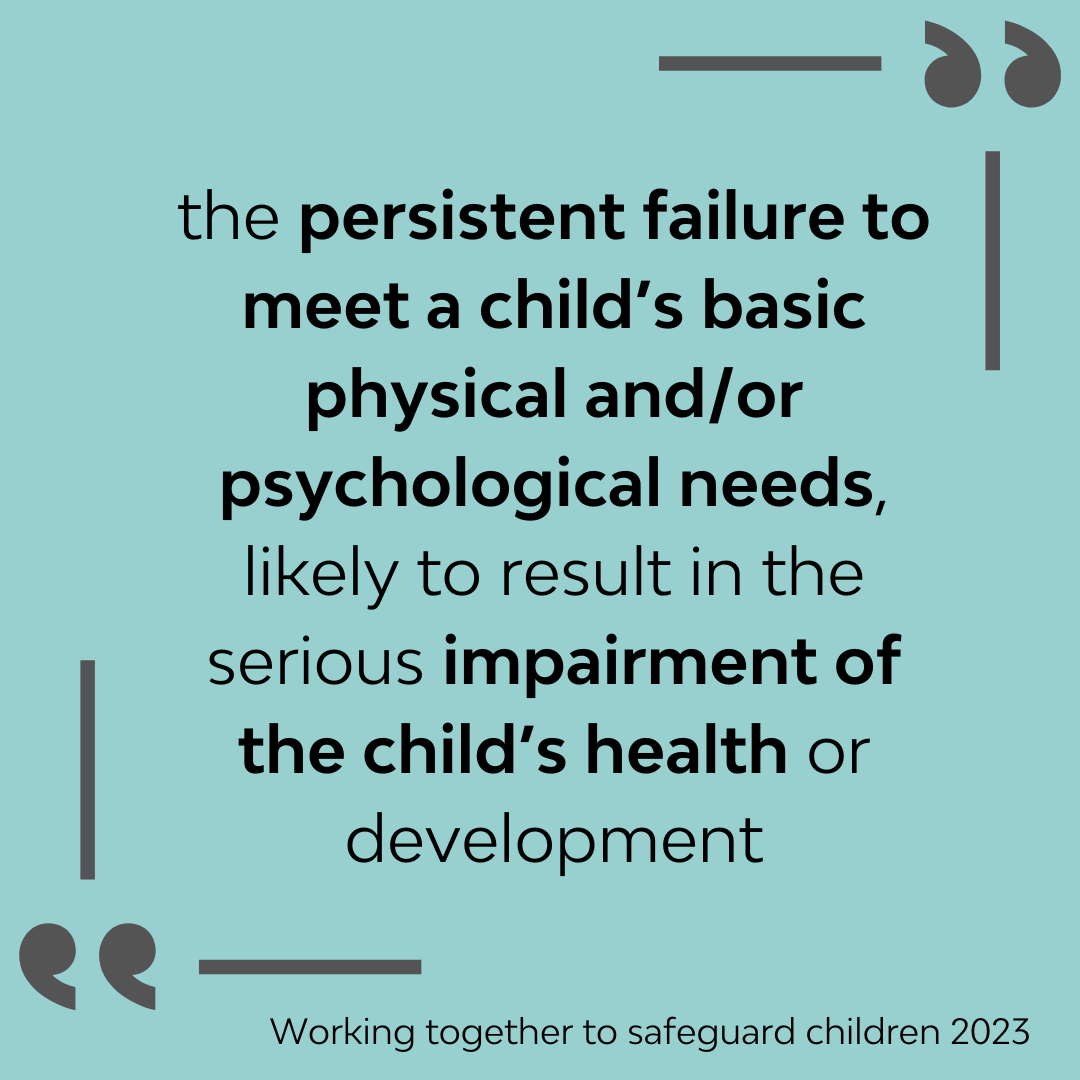
However, there are specific types of neglect that are important to highlight because they lend themselves to understanding how neglect is presented and why it is so varied.
Physical neglect
This is different to physical abuse because it is about the failure to meet their physical needs rather than actively causing harm through a direct action, such as hitting. Physical neglect is all about not meeting physical needs like food, clothing, accommodation or supervision.
Emotional neglect
Again, emotional neglect is different from emotional abuse because it’s about the lack of stimulation and emotional attention given to a child. This might be by isolating them from others or ignoring their emotional needs.
Medical neglect
Medical neglect revolves around attention to a child’s health and neglecting to take action on health providers’ recommendations. It might also involve neglect during pregnancy if a mother misuses substances whilst pregnant that could harm the foetus.
Educational neglect
Every child has the right to an education and withholding educational access is considered to be a form of neglect.
Signs and symptoms of neglect
As we can see, neglect takes many forms and can vary in severity. Low-level neglect can be more difficult to identify and young children are particularly vulnerable due to their reliance on others for basic care needs.
What might neglect look like with babies (0-2)?
-
Arriving at setting with dirty nappies or sleeping clothes on a regular basis.
-
Being regularly unclean.
-
Having inappropriately packed bags on a regular basis.
-
Parents and carers consistently showing little interest in communication home from setting and not responding to requests from staff.
-
Babies arriving constantly tired, cold or hungry.
-
Constantly being picked up late from sessions.
What might neglect look like with toddlers (2-4)?
-
Poor general health on a regular basis that is not addressed with medical attention. This includes dental health.
-
Failure to attend or engage with communication from setting, including necessary events like parents’ evenings and routine interactions such as daily handover.
-
Children having a lack of confidence in themselves and making comments referencing parent/carer disinterest.
-
Malnourishment, always appearing to be hungry, particularly at the start of the day.
-
Stark changes in behaviour, including becoming clingy or aggressive.
What might neglect look like in reception (4+)?
-
Toileting habits below expected development, such as using nappies or soiling themselves frequently without medical explanation.
-
Arriving to school unwashed, often in dirty clothes.
-
Coming to school poorly and generally being unwell a lot.
-
Always appearing to be hungry and tired.
-
Unexplained absences from school.
Forms of neglect can vary but it is important to remember that a one-off instance does not constitute neglect as a form of abuse. For example, it is reasonable to have a tired child in the class if they had a busy weekend or a chaotic family morning resulting in a child forgetting to brush their teeth.
Some children are at higher risk of experiencing neglect than others. Children who are care-experienced, asylum-seekers or have additional needs or disabilities are all considered to be at a higher risk of neglect. These factors can pose additional barriers for accessing quality support services for families and this additional strain can, sadly, sometimes manifest itself as neglect.
Final thoughts
As early education and care professionals, it is our duty to do everything in our power to protect children from harm. By continuing our professional development in safeguarding and reviewing essential guidance, we can continue to do our best to keep children safe and healthy.

